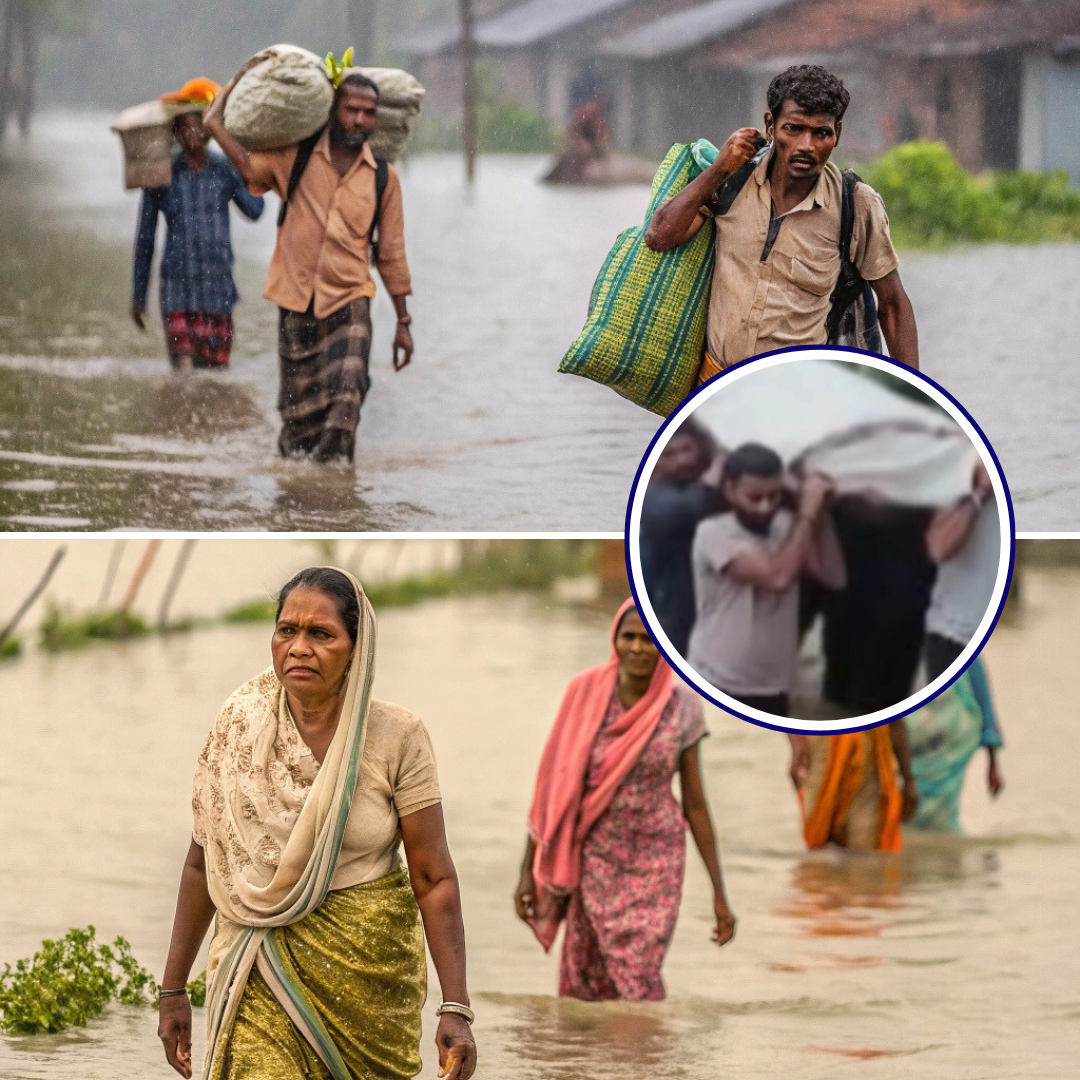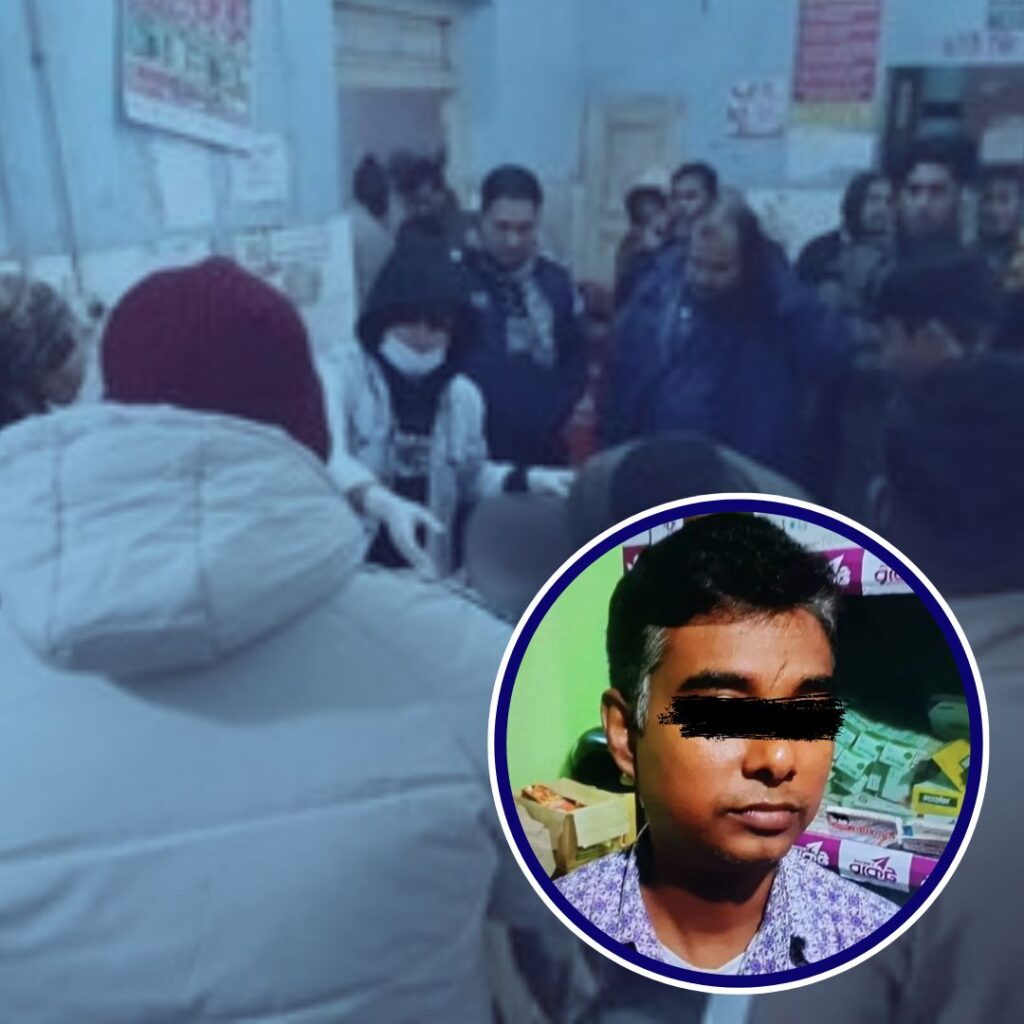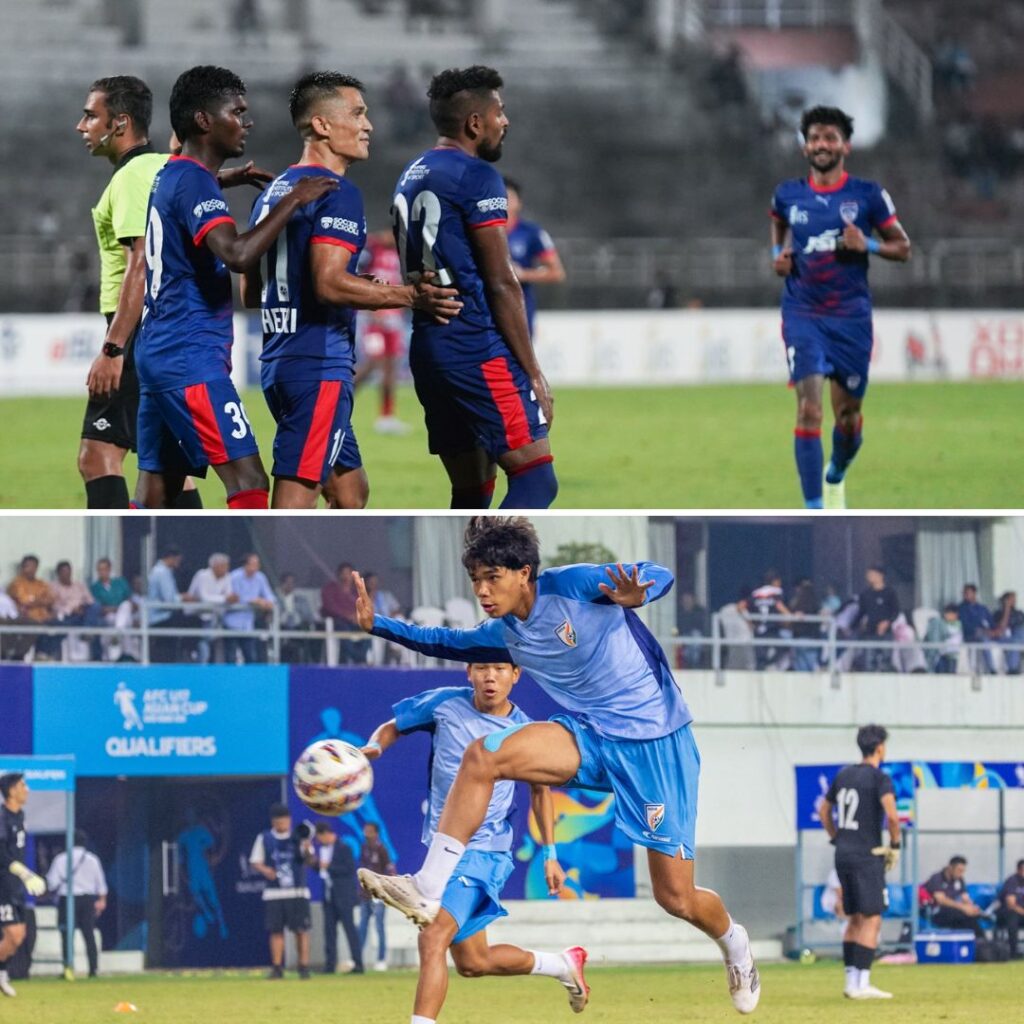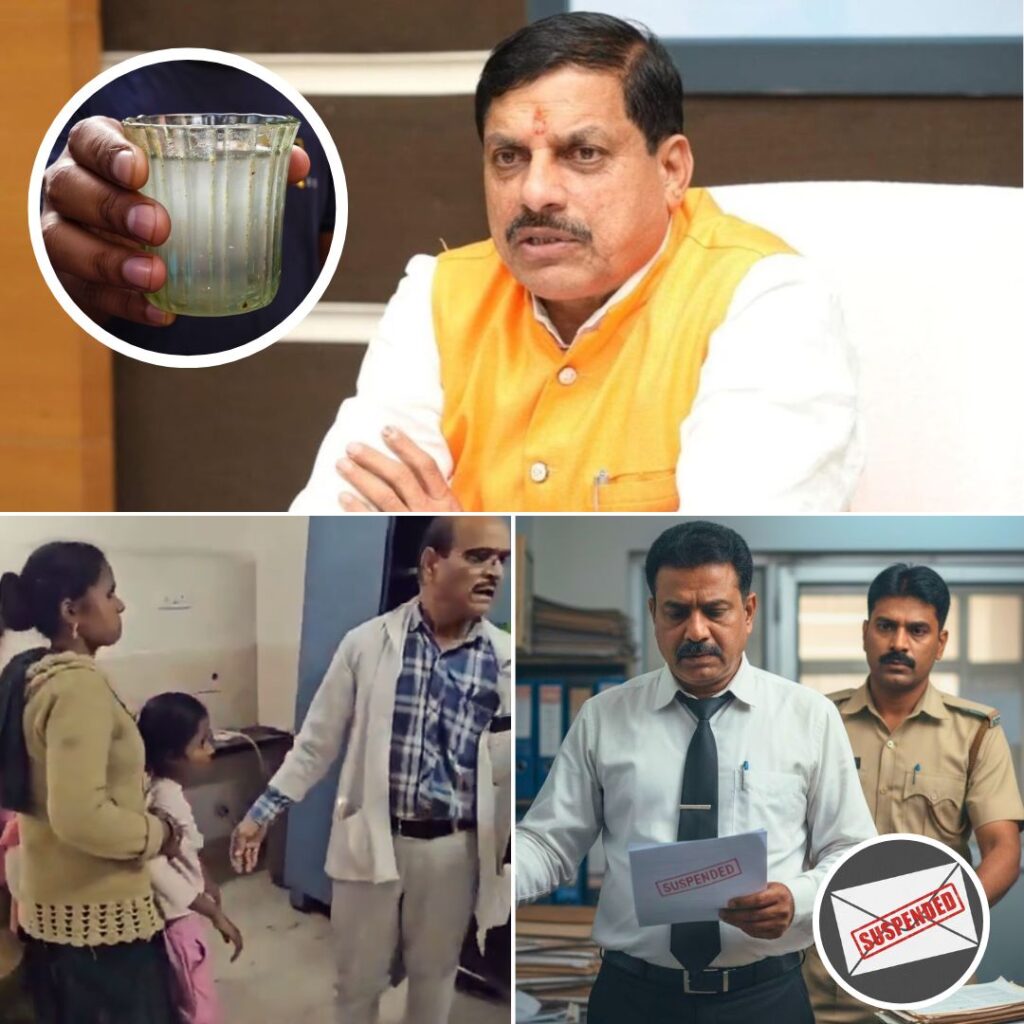Unprecedented monsoon rains in Saharanpur, Uttar Pradesh, have resulted in severe flooding, isolating dozens of villages and paralysing daily life.
In a heart-wrenching incident, villagers were forced to carry a deceased person’s body through waist-deep, filthy water on kutcha roads to reach the cremation ground, as the only access route remains unpaved and submerged.
Overflowing rivers and broken embankments have compounded the crisis, with local leaders and residents demanding urgent infrastructural upgrades.
District officials confirm ongoing rescue and relief operations, while weather authorities warn of continued heavy rainfall through the week. Chief Minister Yogi Adityanath is set to visit Saharanpur to assess the situation and announce further measures.
Floodwaters Cut Off Villages, Expose Infrastructure Gaps
The monsoon’s fury has left more than 30 villages in Saharanpur marooned, with water levels in rivers such as Shahpur Gada, Hindon, and Yamuna breaching danger marks. In many areas, kutcha roads have turned into muddy streams, making even basic movement hazardous.
The distress peaked when villagers, unable to wait for the water to recede, carried a body through waist-deep water to the cremation ground, risking their own safety and dignity. “We have pleaded for a proper road for years, but nothing has changed.
Every rainy season, we face this ordeal,” said Suresh Kumar, a local resident. Makeshift bridges have been washed away, and tractors and motorcycles have been swept off flooded tracks, highlighting the acute lack of safe infrastructure.
Police and disaster response teams have been deployed to help stranded families, and boats are being used in some places to deliver food and essentials.
Years of Neglect, Mounting Anger, and Official Response
Recurring monsoon devastation is a grim reality for Saharanpur’s rural communities. Many villagers recall similar hardships during the 2013 and 2023 floods, which left hundreds homeless and caused significant loss of life and property.
Despite repeated petitions, the kutcha road leading to the cremation ground vital for last rites remains neglected. District Magistrate Dinesh Chandra acknowledged the crisis, stating, “We have set up eight relief camps, and compensation is being provided to affected families.
Our teams are on high alert, and we are working to restore connectivity as quickly as possible.” The India Meteorological Department has issued a red alert, predicting more heavy rainfall in the coming days.
Meanwhile, Chief Minister Yogi Adityanath’s scheduled visit has raised hopes for concrete action, with sources indicating that a long-term flood management and infrastructure plan may soon be announced.
Community Resilience and the Call for Lasting Change
Despite the adversity, Saharanpur’s villagers have shown remarkable resilience, supporting each other and sharing resources. Community kitchens have sprung up in relief camps, and volunteers are helping distribute food and water.
However, frustration is mounting over the lack of permanent solutions. Local leaders, including former village heads, have warned that without immediate investment in all-weather roads, bridges, and embankments, tragedies like the recent funeral procession will continue. “We are tired of temporary fixes.
We need roads and bridges that can withstand the monsoon,” said Chaudhary Rashid, a former village pradhan. Environmentalists have also pointed to the need for better river management and afforestation to reduce flooding risks in the long term.
The Logical Indian’s Perspective
The suffering of Saharanpur’s villagers is a stark reminder that basic infrastructure is not a privilege but a necessity—especially in the face of climate change and increasingly erratic weather. No one should have to endure indignity or risk their life to perform last rites or access essential services.
As the state government prepares to respond, The Logical Indian urges authorities to move beyond ad hoc relief and commit to sustainable, community-driven solutions. How can we ensure that rural voices are not just heard but acted upon, and that every Indian, regardless of where they live, enjoys the right to safety and dignity?












